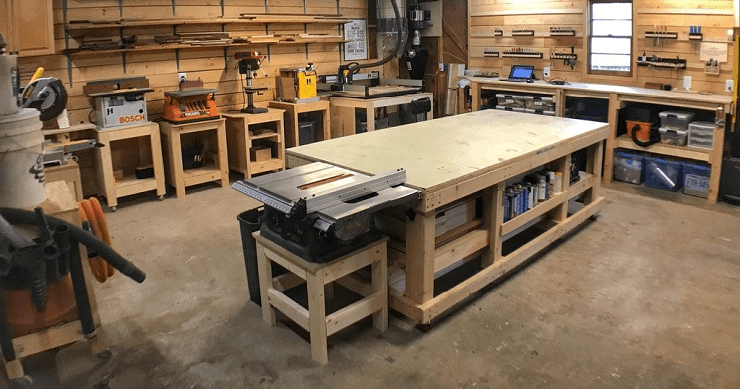Woodworking success hinges on selecting the right type of wood, which influences a project’s appearance, durability, and workability. Each wood type has unique qualities ideal for different applications, such as furniture, cabinetry, or outdoor projects. Durability factors, like resistance to rot and pests, are vital for woods used in outdoor settings, while workability, including ease of cutting and shaping, is key for intricate woodworking techniques. Aesthetics are also crucial, as wood variations in color, grain, and texture contribute to the visual appeal of the final piece.
Softwoods like pine, cedar, and fir are affordable and good for construction and outdoor furniture, while hardwoods such as oak, maple, and walnut are preferred for their durability and aesthetic qualities in furniture making. The choice of wood should balance durability with aesthetics and workability, and woodworkers should consult experts or reputable sources to ensure the best selection for their project needs.
For beginners, woods like pine, poplar, or birch are recommended due to their ease of use and affordability. More experienced woodworkers may opt for hardwoods like oak or mahogany, which offer more possibilities for diverse projects. When considering the project’s appearance, the wood’s natural color, grain patterns, and texture are important.
Budget considerations are also essential, with affordable options like pine, plywood, poplar, birch, and maple providing good workability and appearance. Sustainable and eco-friendly wood choices are increasingly important, with certifications like FSC or SFI indicating responsible forestry practices. Bamboo, black locust, reclaimed wood, and American Elm are some sustainable options.
Specialized woods are necessary for specific projects, such as musical instruments or boat building, where properties like acoustic quality or water resistance are crucial. Exotic woods like mahogany and spruce or durable teak and cedar are examples of such specialized woods.
Overall, understanding wood types, considering durability, workability, aesthetics, budget, sustainability, and the requirements of specialized projects, empowers woodworkers to make informed decisions. This knowledge ensures that woodworking projects not only meet but exceed expectations, enhancing the beauty and functionality of the creations.
Key Takeaways:
- The proper selection of wood is critical for the durability, workability, and aesthetic outcome of woodworking projects.
- Different wood species, such as hardwoods and softwoods, each have unique properties that make them suitable for specific applications and project requirements.
- Considering factors such as the wood’s natural resistance to elements, grain patterns, color variations, and environmental sustainability is essential in making informed choices for woodworking materials.
“Woodworking is not just about the final product; it is also about the process of crafting and creating with wood. One of the crucial factors that can greatly enhance or hinder this process is the workability and ease of use of the chosen wood.”
More details: here






